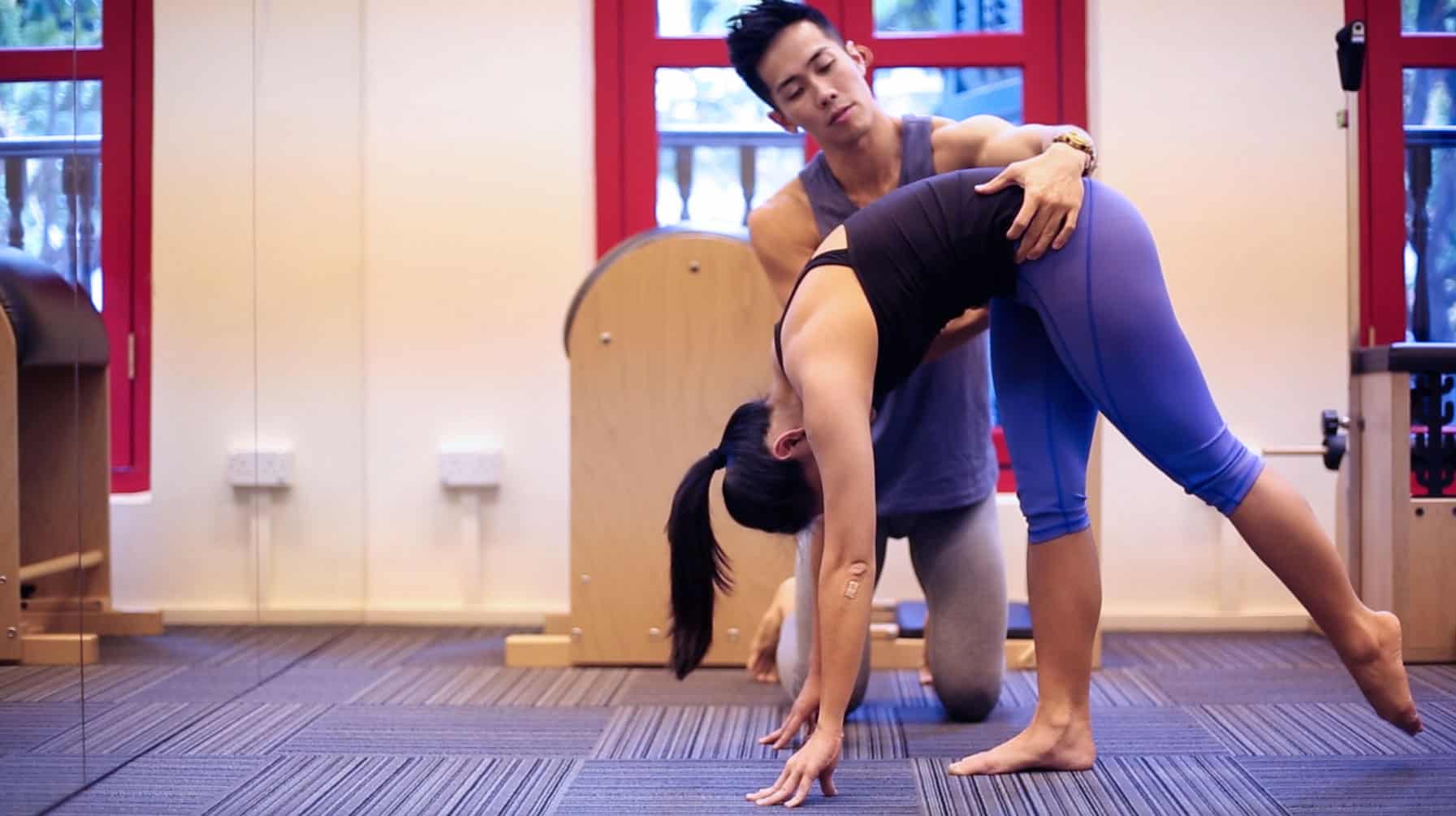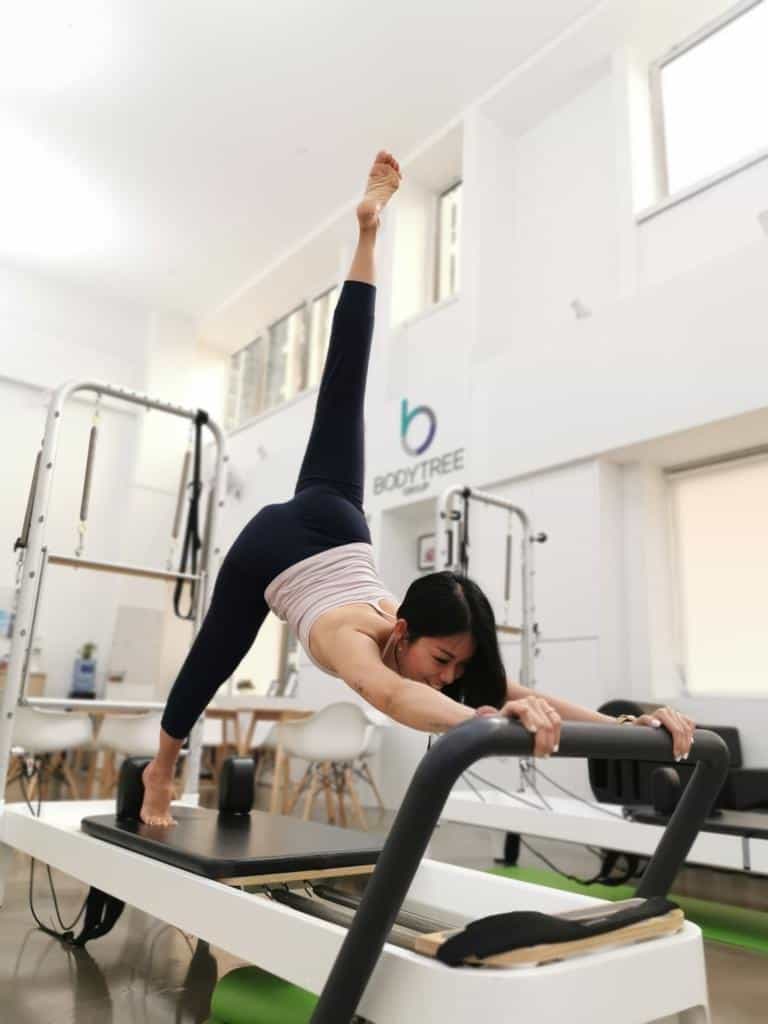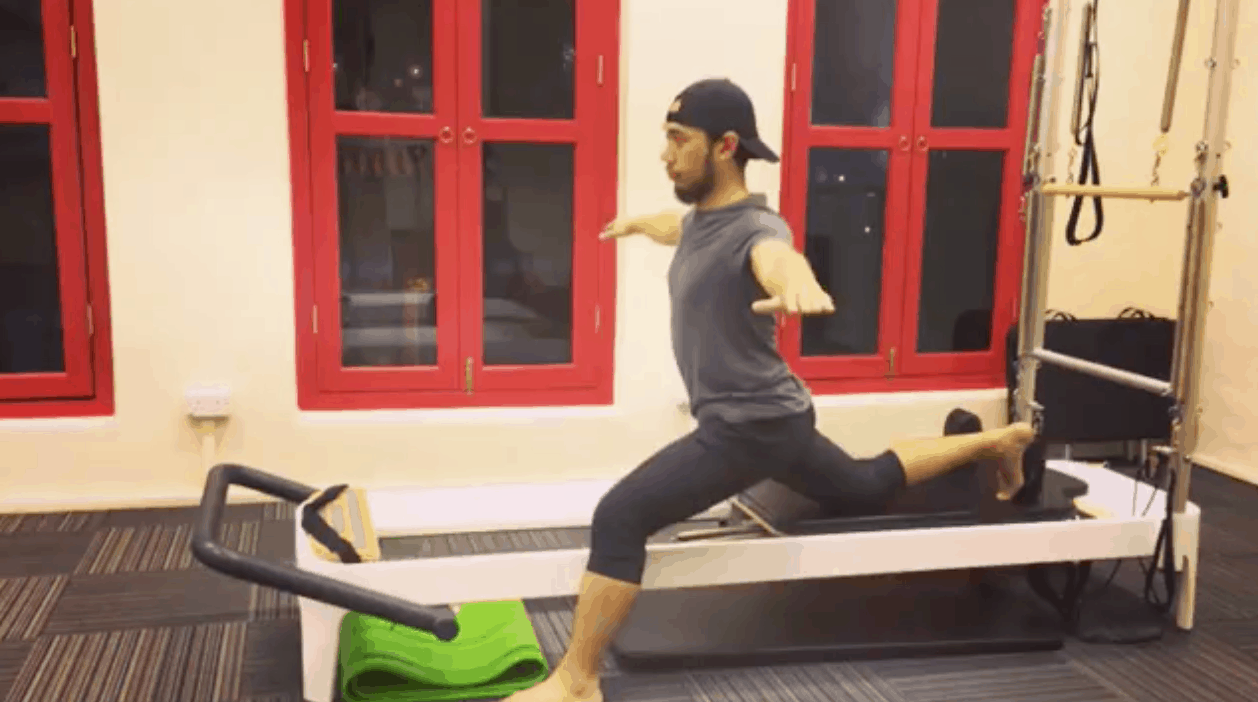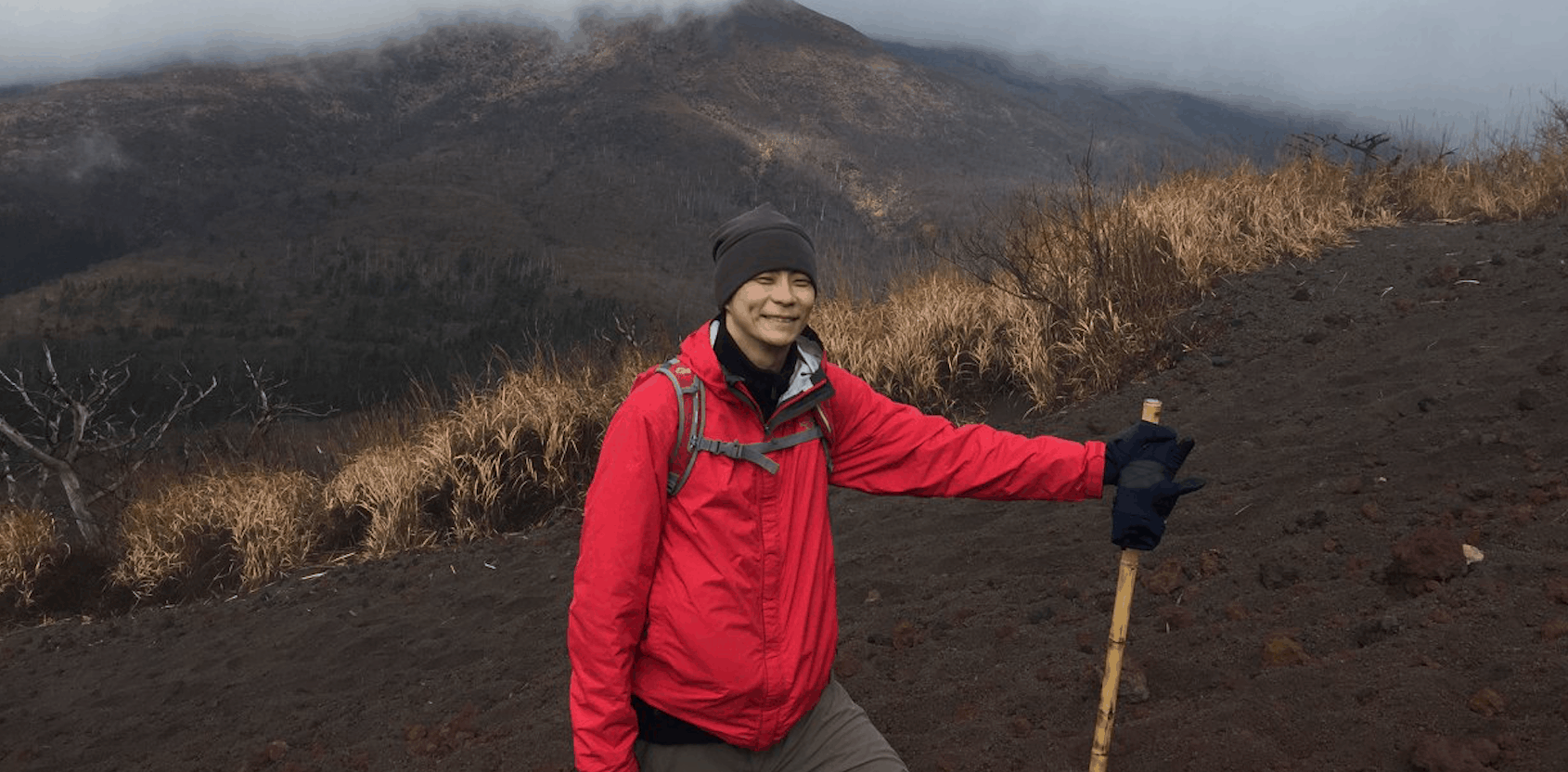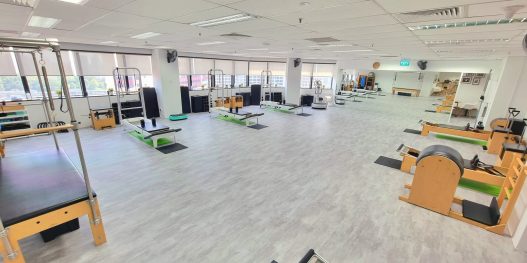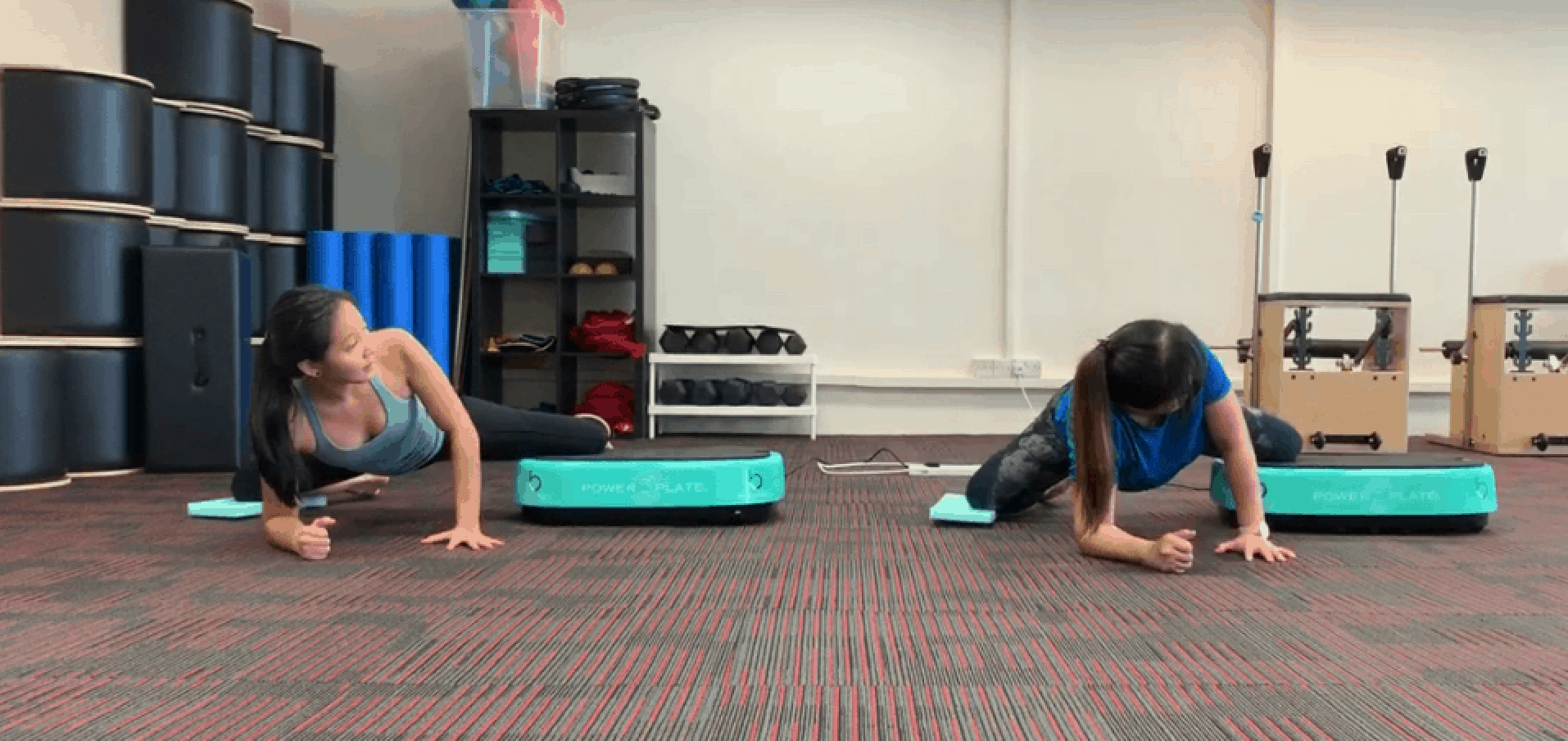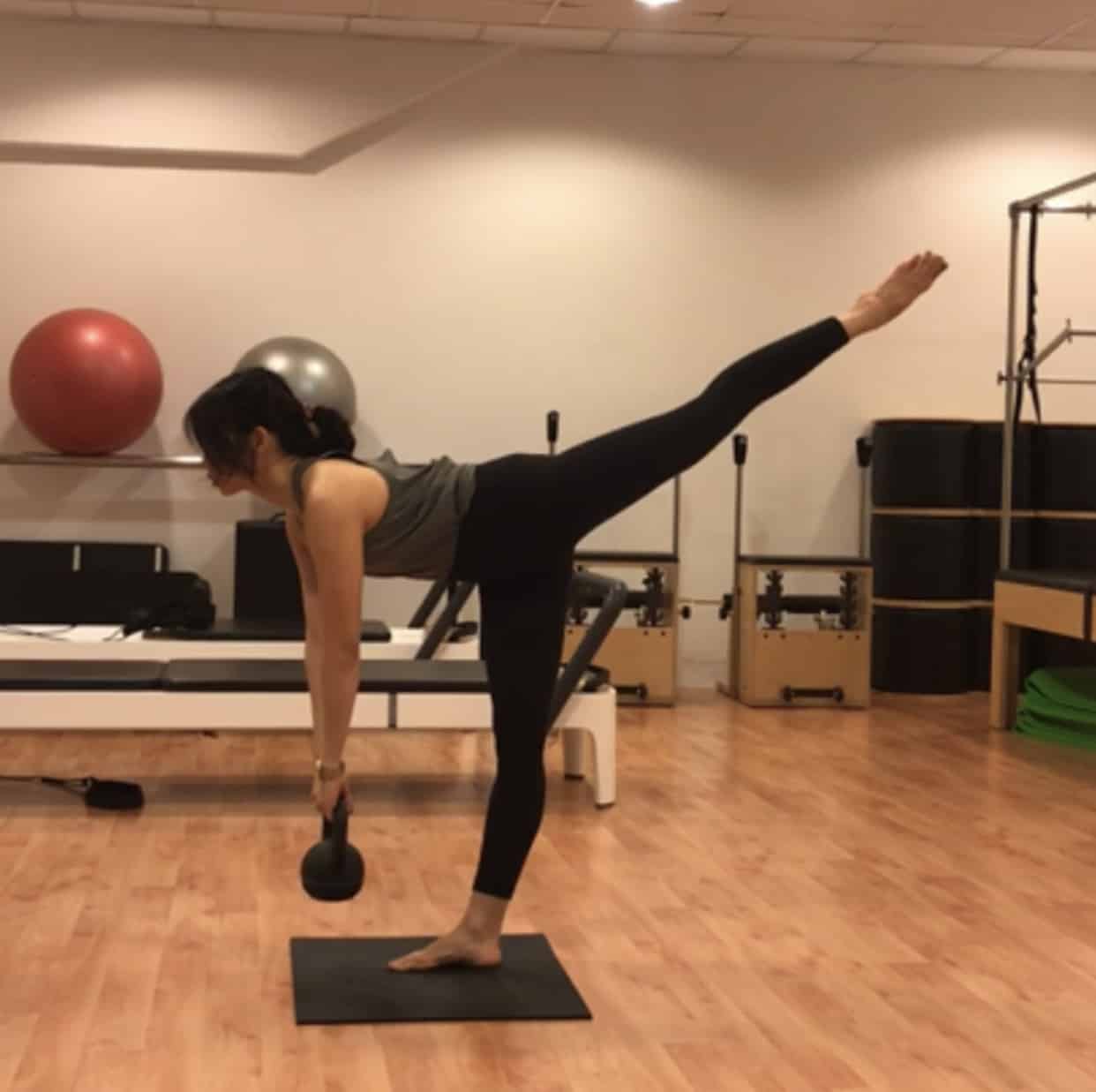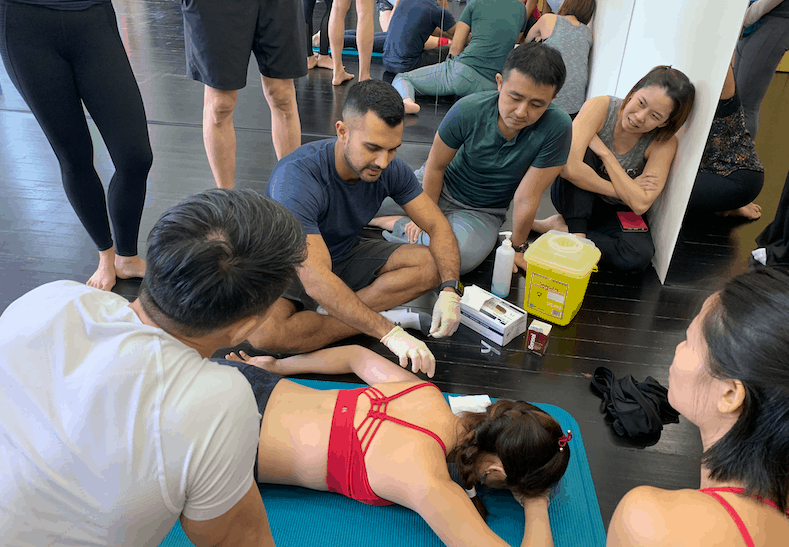
As Pilates teachers at Pilates BodyTree, our knowledge about movement has always been peppered with basic anatomy and biomechanics – what muscles should be doing what actions, and how to strengthen and mobilize the right muscles in order to get your body performing at its most efficient.
It’s a continuous learning journey, and it is why our teachers are always broke always taking courses, learning from foot doctors, spine and back pain scientists… all in the name of helping people who walk in through our doors move better.
When people who are in pain come to us, there are certain limitations to our knowledge and expertise. We are not doctors after all. What we usually do is make an educated guess from clues given to us based on movement and lifestyle habits.
Sometimes, this is not enough and it takes more skilled eyes and hands to provide a diagnosis and work with manual therapy. This is when we work with osteopaths, physiotherapists and chiropractors.
A combination of hands-on treatment by these skilled professionals as well as mobility and strength exercises is the ideal way to recover from injury and pain. Which is why Pilates and Osteopathy seem to make a natural and highly effective partnership.
Defined as “a system of complementary medicine involving the treatment of medical disorders through the manipulation and massage of the skeleton and musculature”, it sounds like the hands-on, medical approach of what we have already been doing for a few years with myofascial stretch and release combined with strengthening and mobility work.
A few weeks ago, we met osteopath and certified Pilates Matwork instructor Jenny Mullen from City Osteopathy and Physiotherapy and this past Friday, we met osteopaths from Edge Healthcare, Aman Bancil and Neri Aziz.
Mentoring sessions these past weeks have been live demonstrations of how osteopaths work, so that we know exactly how these professionals help people who are in pain and how we can work with them more cohesively to help our clients better.
Something that we’ve learnt in the sharing sessions we’ve had was that although osteopaths may prescribe homework to help the rehabilitation process, they have trouble getting their clients to do them, and to do them well.
This can be problematic for people who are recovering from an injury. Exercises need to be prescribed and repeated several times a week to reinforce positive adjustments made by osteopaths.
In fact, some of our teachers have had long email exchanges with their students’ osteopaths and physiotherapists, creating a cohesive partnership in which our clients and students get the best treatment and care in their sessions.
The best, most efficient journey back to pain-free movement is achieved through both intervention by a skilled practitioner, which is reinforced by active movement in the studio.
This combination means that both diagnosis and treatment of any pain and injury of our students gets to be very thorough. And it ensures that you have a good support system to help maintain a healthy, active body.
If you’re currently learning Pilates and visiting an osteopath to manage your pain, are these people in contact with one another? Maybe it’s time to ask that they start! 🙂 Let our teachers know how we can get in contact with your therapists!

